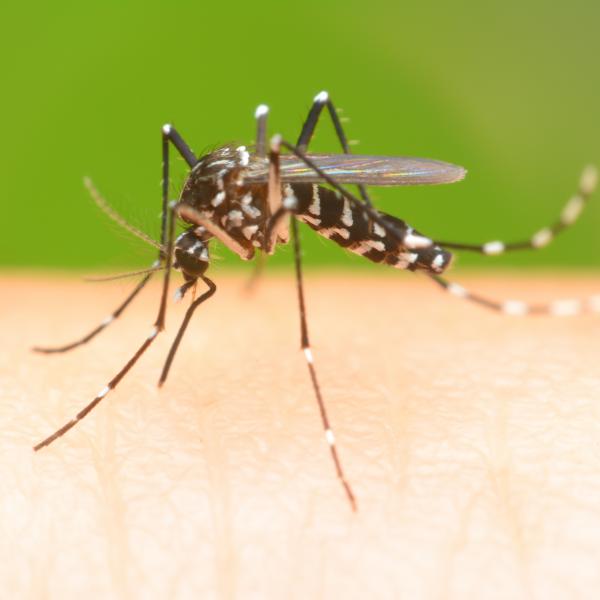
By BobbieJo Paul, FNP, Provider/Health Coach, ATI Active Care
Mosquitos, spiders, ticks and bees are here. The great outdoors can be a lot of fun, but if you are not prepared it can be a place that can cause itching and pain. So what can you do to avoid the itching, pain, redness and swelling?
Know your risks and know how to prevent them.
Start by being aware of your surroundings. Whether you are at home or on vacation, you should be aware of the environment and what kind of bugs you may encounter. Planning can make the difference between a good and bad outdoor experience.
Mosquitos
During the summer, if you are going to a place where there is water, you may find that there are many mosquitos around. Zika virus is all over the news right now and it is important to know if there is any risk in the area where you’re traveling (Zika is transmitted by a specific mosquito that you will not find everywhere in the world). Even if you are not in an area that has the potential for Zika infection, you can still develop a mild skin response to a mosquito bite. Some people react more to a mosquito bite than others, but developing a welt that is pink can happen to anyone.
Spiders
Spider bite reactions vary based on the type of spider. Reactions can range from a mild irritation to serious damage to the skin or person. Know if there are poisonous spiders where you are going and what markings to look for. According to Pest World, if you see the spider that bit you, try to take it with you when you seek medical attention.
Ticks
Ticks imbed themselves under the skin. If the tick will not remove easily, seek medical help to carefully remove the tick to make sure that no parts of it remain under the skin. There are several different types of ticks; some cause illness while others will only irritate the skin when they bite. Know if you are in an area that may have Lyme’s Disease or Rock Mountain Spotted Fever. Since ticks usually require removal, it is also important to take a good look at the tick and note the color and markings in order to help the medical provider plan for care.
Bees
Bees may leave the stinger behind under the skin, which will continue to cause irritation and reaction. After a bee sting, make sure to remove the stinger.
Preventing the Risks
To help prevent the risks of mosquito, spider and tick bites and bee stings, wear appropriate clothing for activities that may increase your risk to encounter bugs. If you are walking in wooded areas that are known to have ticks, wear long pants, socks and shoes. If you are camping, check shoes for spiders hiding in dark places before putting them on. Cover foods/liquids that may attract bees when not eating/drinking and use insect repellant (with DEET) to help reduce your risk of getting bit.
If a person develops issues with breathing after a bite or sting, seek medical attention immediately. If a person has a known allergy to bees and has an EpiPen, be ready to give the medication if a severe reaction develops.
A mild response to a bite or sting usually can be treated at home. If the injury is from a bee or wasp sting, remove the stinger immediately and rub a paste made of meat tenderizer and water to help reduce the reaction. Spider bites need to be treated based on the type of spider. Ticks need to be removed and you need to be aware of the color and markings of the tick to help providers determine if any testing or treatment is needed for the tick bite.
General care is to make sure that the area of the bite/sting is clean to reduce risk of infection. Applying ice or cold to the site of the bite reduces swelling. For irritation and itching, using over the counter Benadryl or a cream with hydrocortisone in it helps. If the reaction is not improving with home treatment, a medical provider can evaluate and determine if a prescription needs to be given. Also, because the bite/sting makes a break in the skin, it is important to monitor the site as it heals for any sign of infection. If an infection starts to develop, see a provider for treatment. When a reaction is not responding to home treatment after 2-3 days, redness worsens, drainage comes from the site or a fever develops, seek medical attention. When in doubt contact your provider for advice.
ATI Active Care is a walk-in clinic, located in Waukesha, WI, that provides immediate care for non-emergency acute conditions, physicals, health screenings, preventive health and wellness programs. For more information contact BobbieJo Paul at bobbiejopaul@activatehealthcare.com or call (262) 574-2711.
